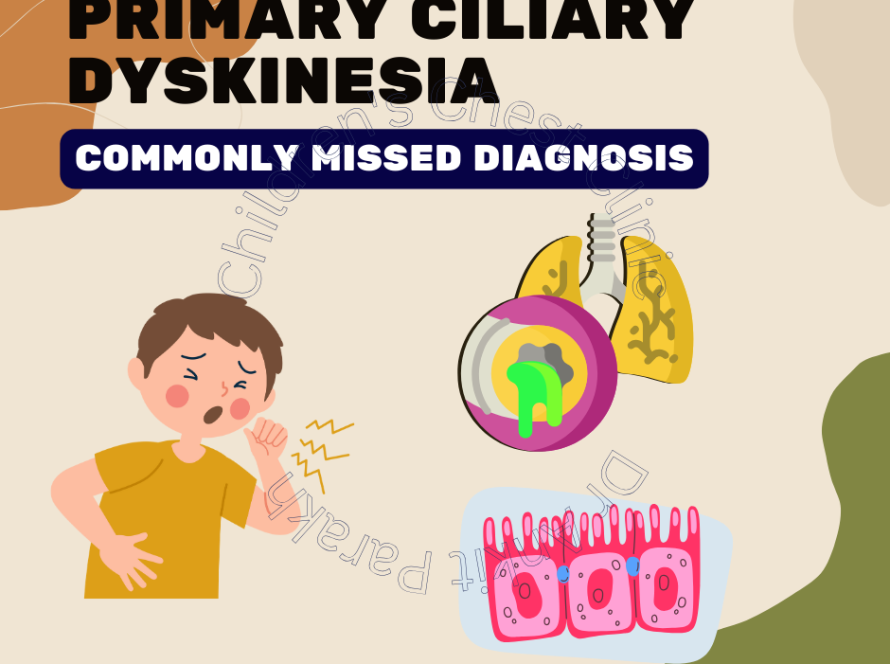Our lungs and the inside of the chest wall is covered by a thin membrane called pleura. These two layers of pleura are in very close contact with a small space in between called pleural space. The pleural space contains a small amount of fluid which helps in lubricating the lungs as it moves with breathing. Pneumothorax is the presence of air in the pleural cavity causing collapse of the lung.

What are the common causes of pneumothorax in children?
The causes of pneumothorax in children could be many. Most common causes are secondary to a pre-existing lung disease like tuberculosis, pneumonia and cystic fibrosis. In these cases the disease weakens the surface of the lung leading to small tears leading to air leak. Aspirated foreign bodies in a child’s airway can also lead to pneumothorax. Congenital lung malformations such as congenital cystic adenomatoid airway malformation (CCAM) and congenital lobar emphysema (CLE) can sometimes lead to pneumothorax in children. Pneumothorax can sometimes be related to chest trauma due to blunt or open chest injury from accidents. Occasionally, air leak happens for no apparent cause in a healthy child. This is called a primary spontaneous pneumothorax. In children primary spontaneous pneumothorax air blisters of the lung (blebs and bullae) break open on the lung surface burst leading to a pneumothorax.
What are the symptoms of pneumothorax in children?
The symptoms of pneumothorax depend on the amount of air in the pleural space. If the amount of air is small it does not lead to many symptoms. Large amounts of air in the pleural space can collapse the underlying lung leading to serious symptoms which might be fatal. Symptoms to pneumothorax could be sudden and sharp pain in the chest that worsens with breathing. The child can feel breathless and can’t cough. There might be associated symptoms of the underlying problems like tuberculosis, asthma, cystic fibrosis etc.
How is a pneumothorax in children treated?
Treatment for a pneumothorax in children depends on the size of pneumothorax, whether the air is increasing leading to worsening of the lung collapse, and the underlying cause of pneumothorax. Small pneumothorax clear on their own and the air will be absorbed over the duration of time. If the size of the pneumothorax is moderate or large air needs to be removed from the pleural cavity to allow the lung to expand. The air inside the pleural cavity can be removed by 2 ways. The first could be aspiration of air using a small needle which is inserted in the pleural cavity from the chest wall. In some cases a small tube also called an intercostal chest drain might be required to be inserted into the pleural cavity. The chest drain is later removed as the lung re-expands in the air and gets drained. The treatment of the underlying lung condition is also important.
If your child is having pneumothorax you need to get in touch with the child pulmonologist for proper evaluation and treatment.






